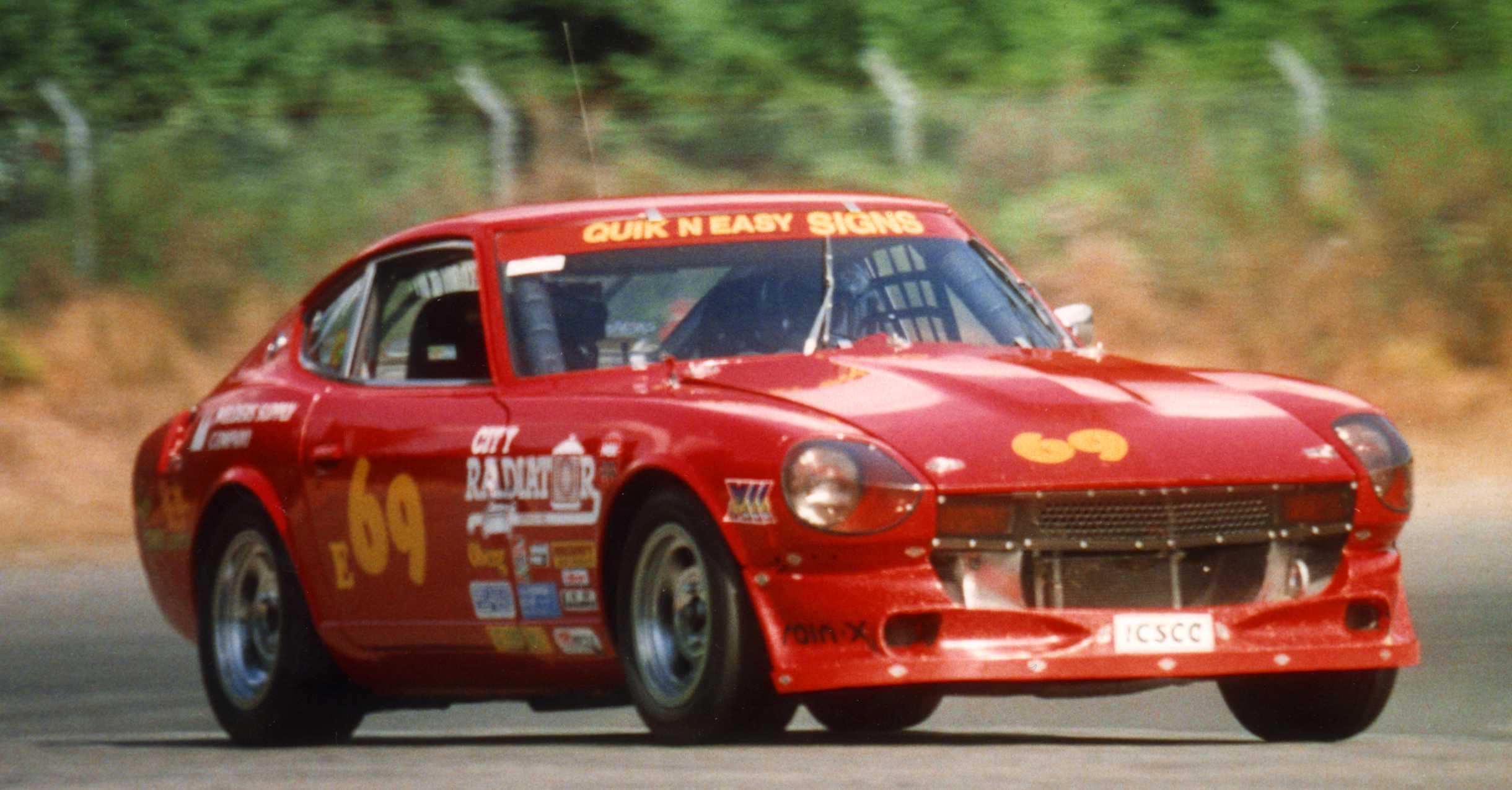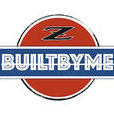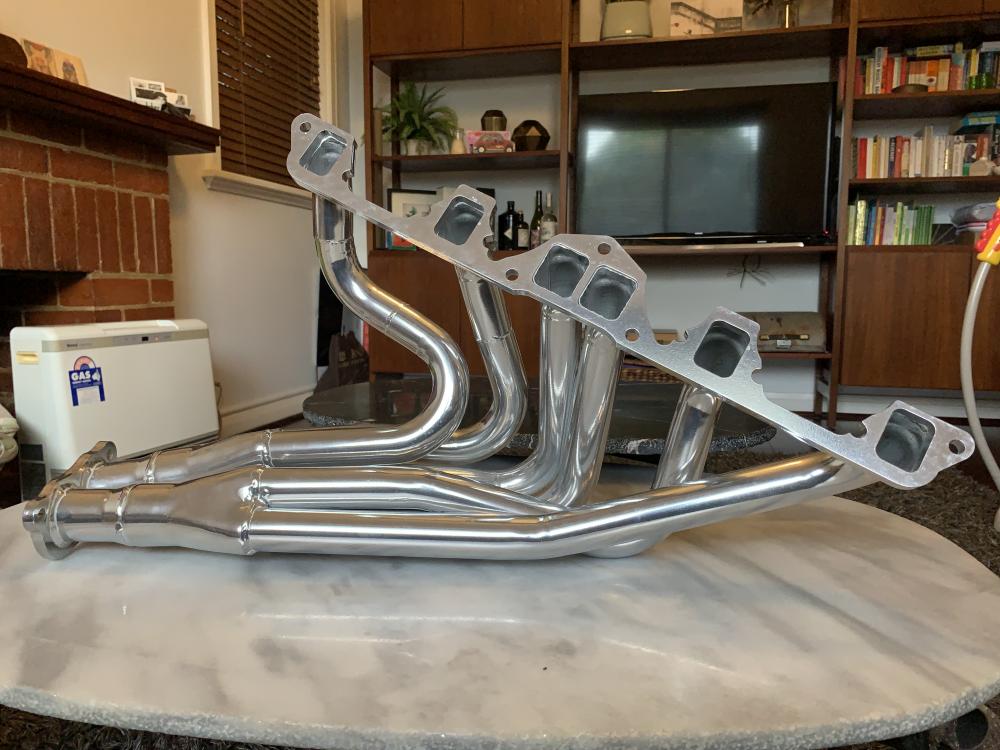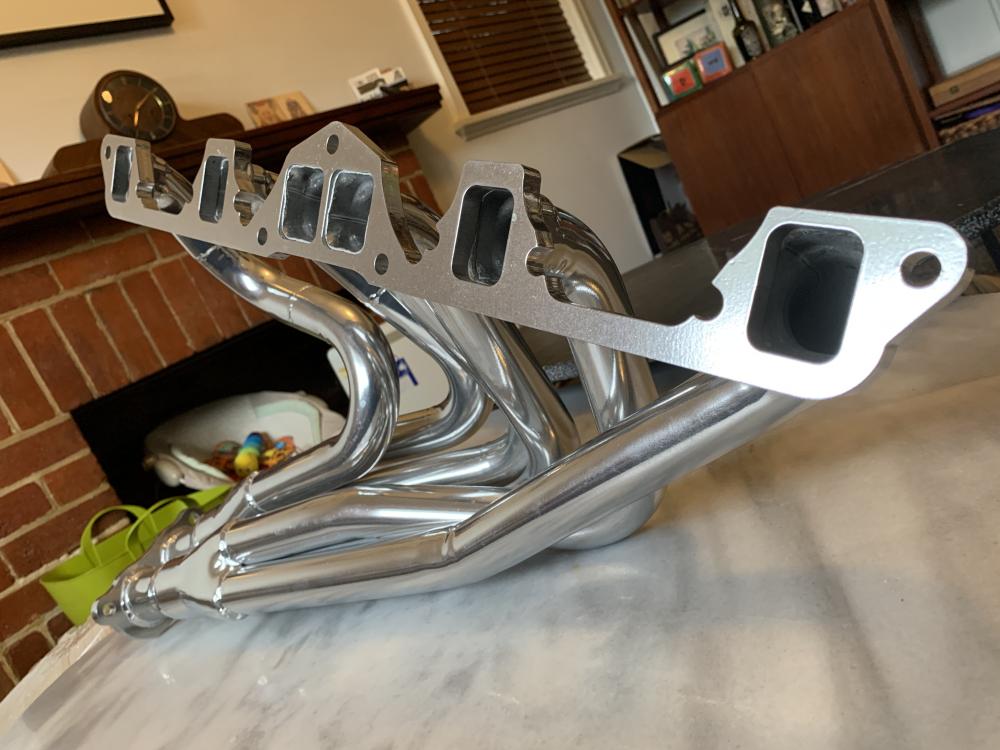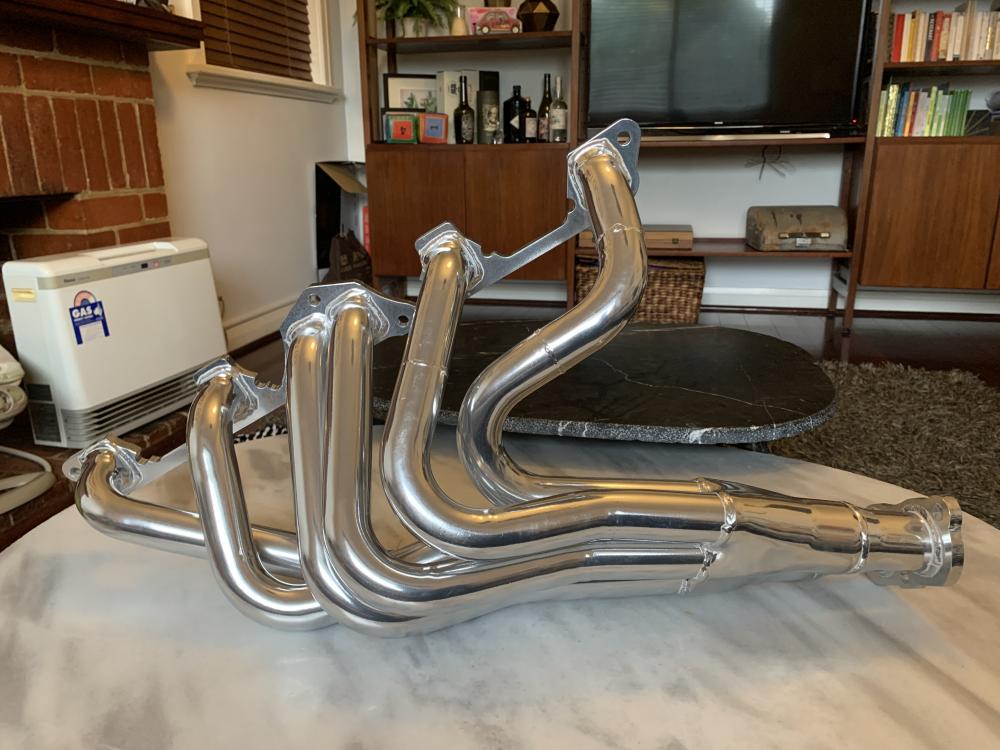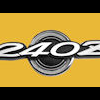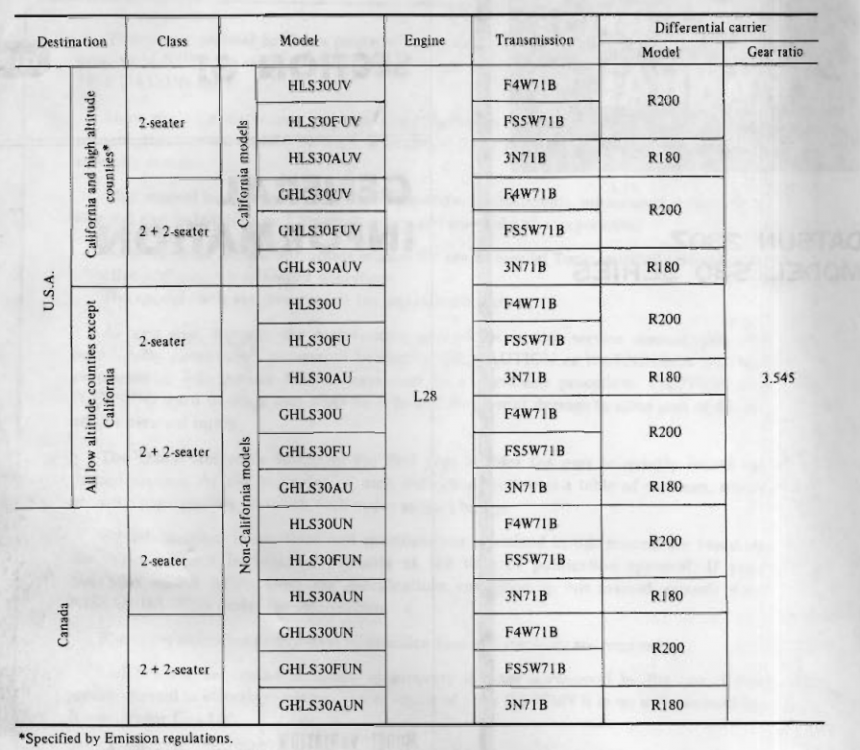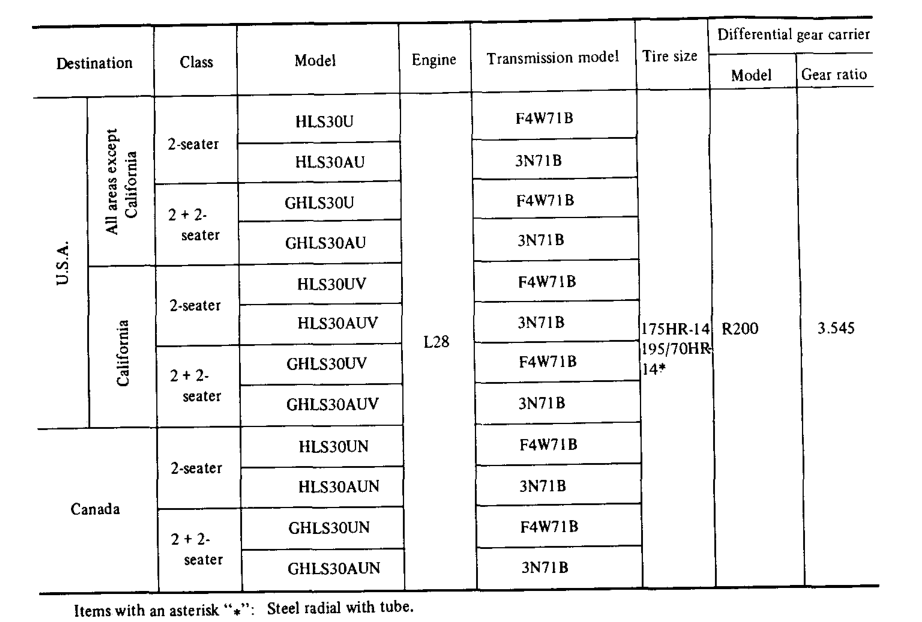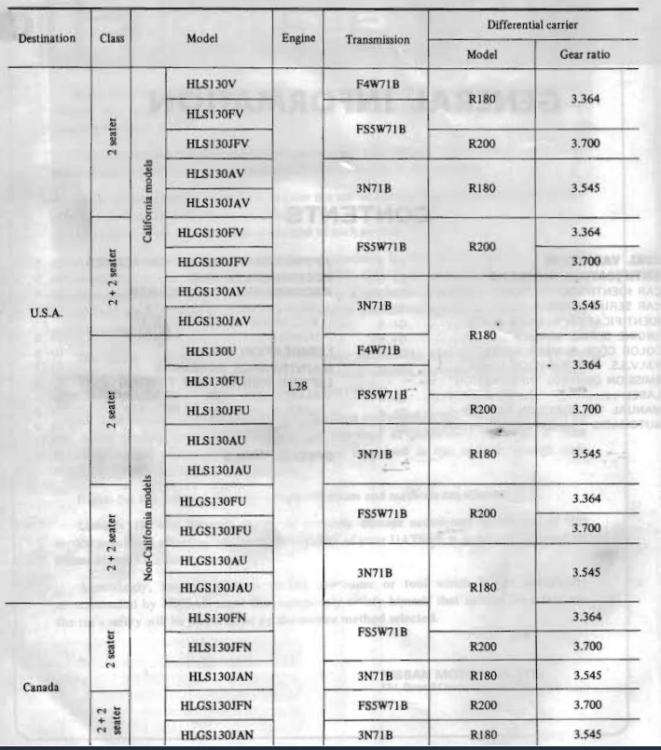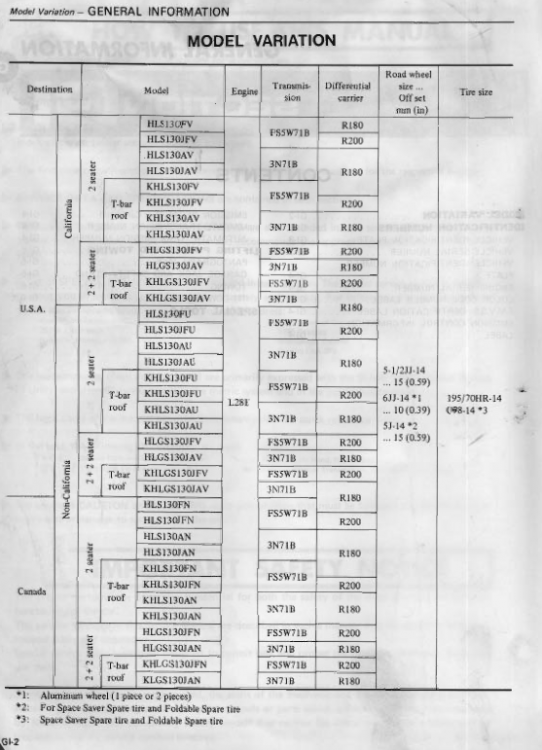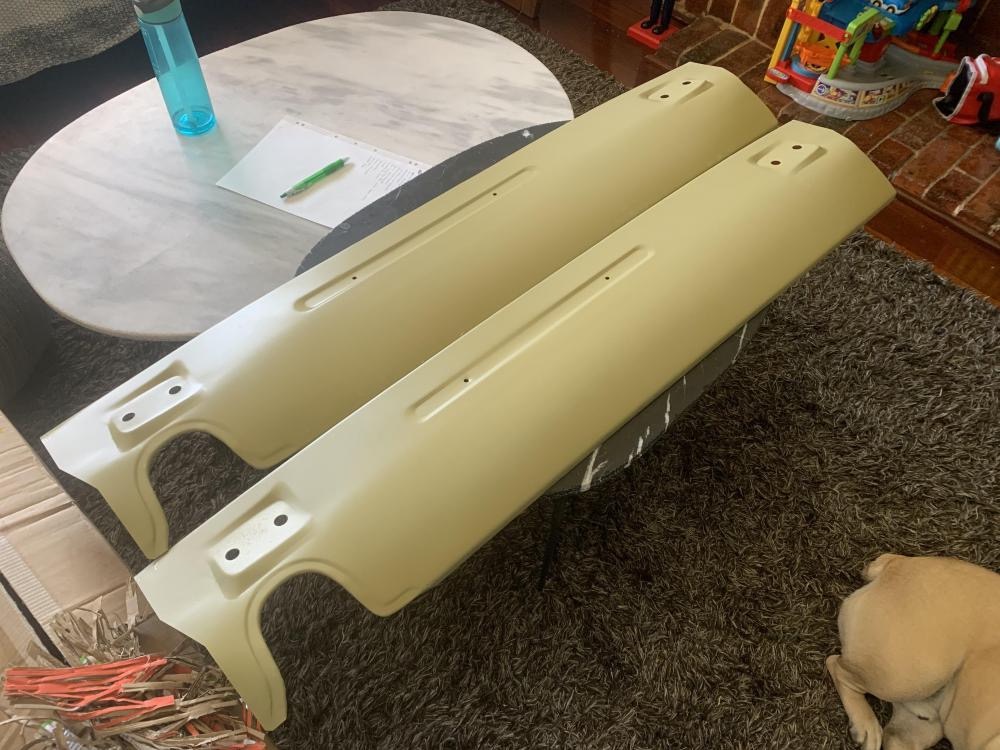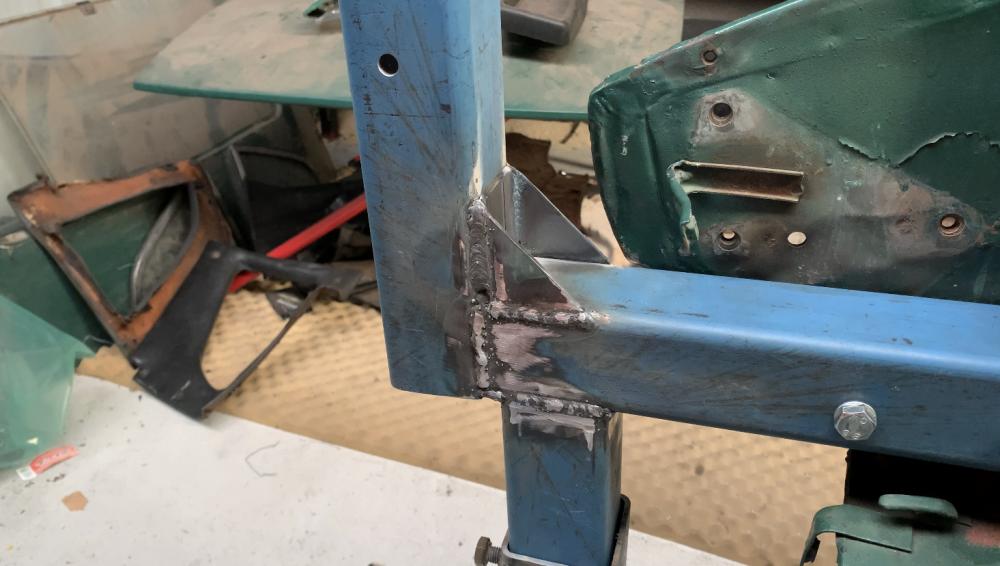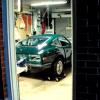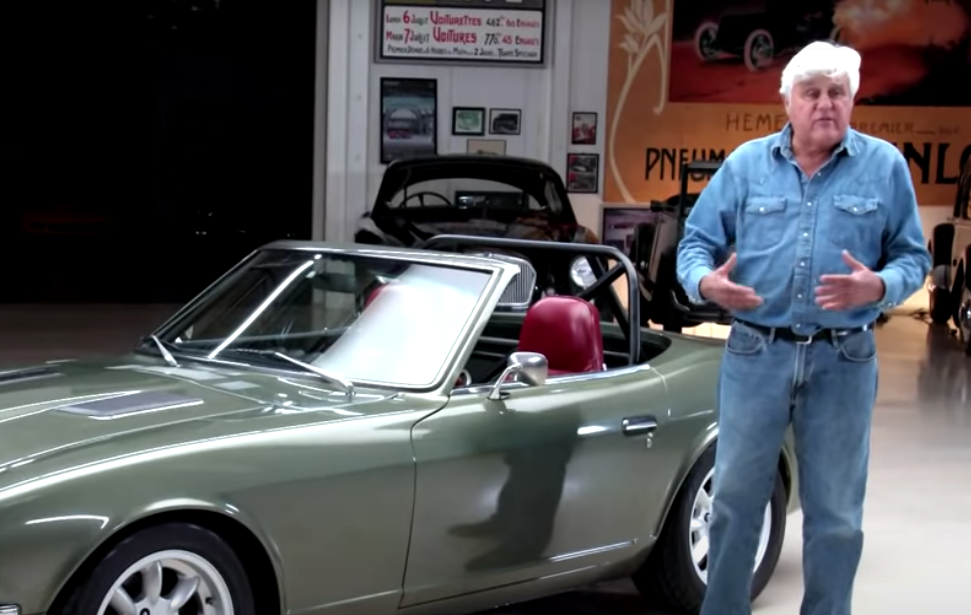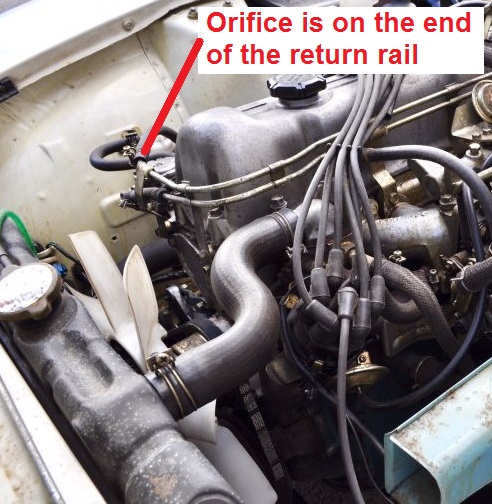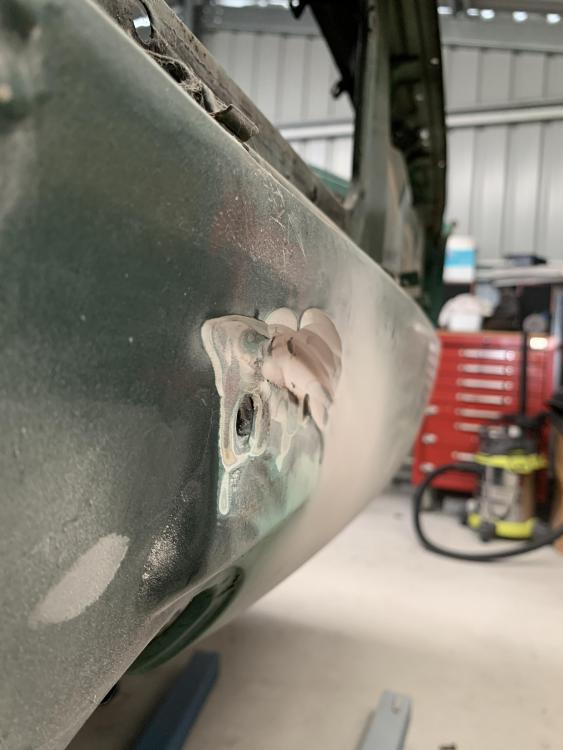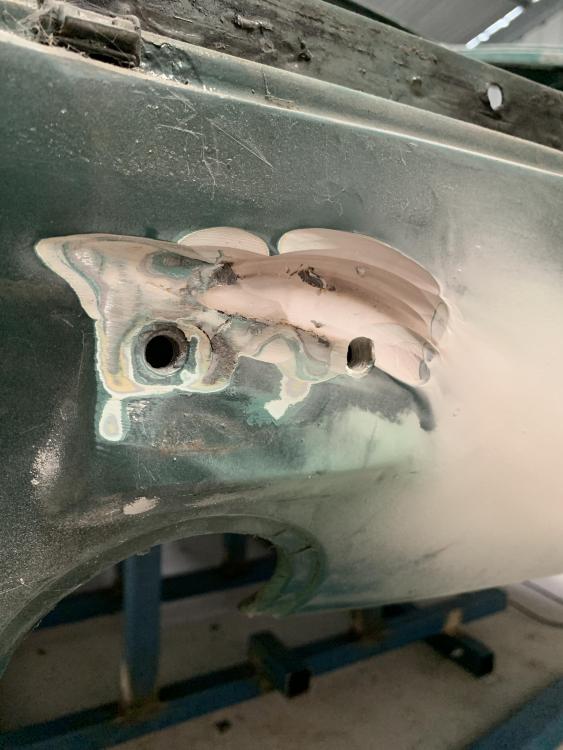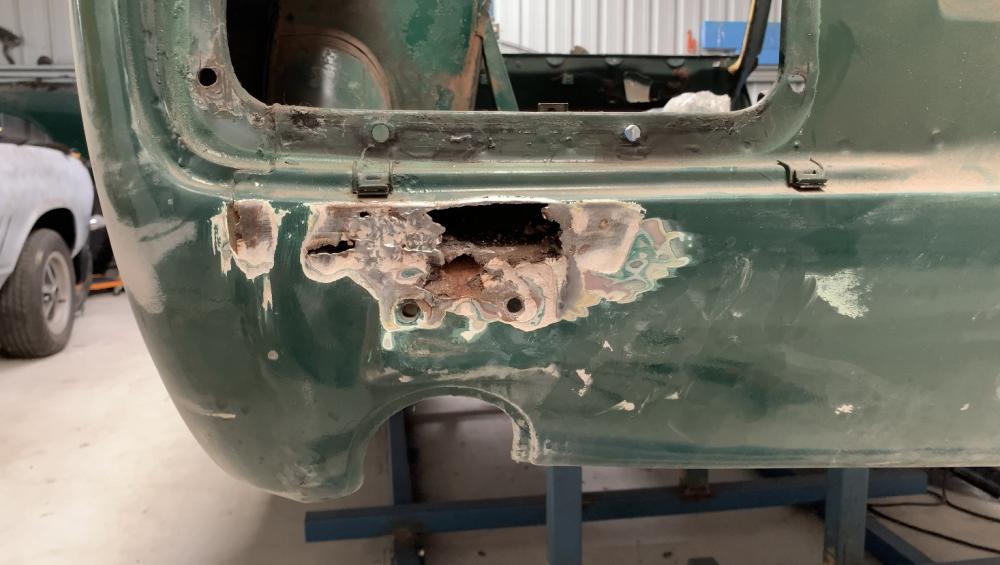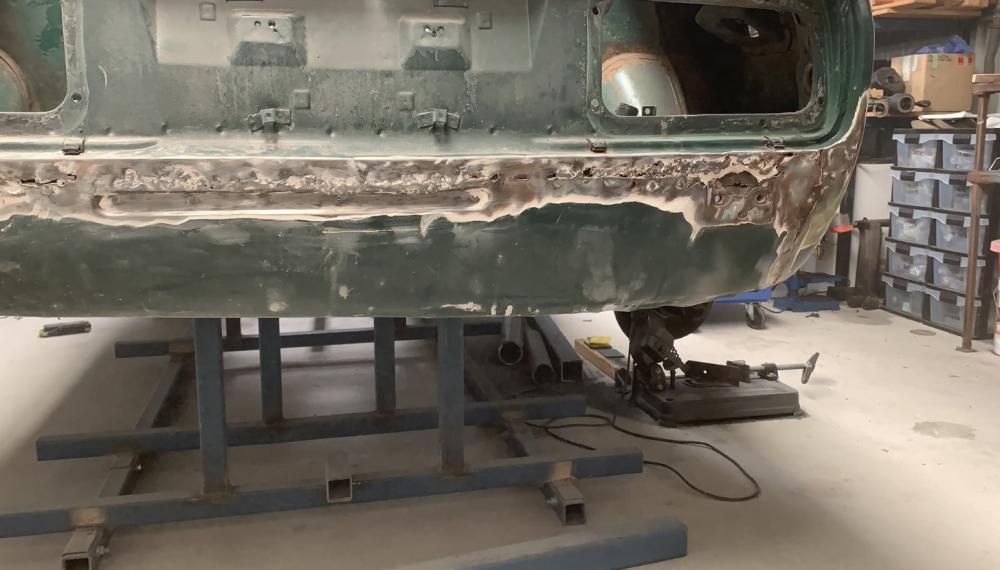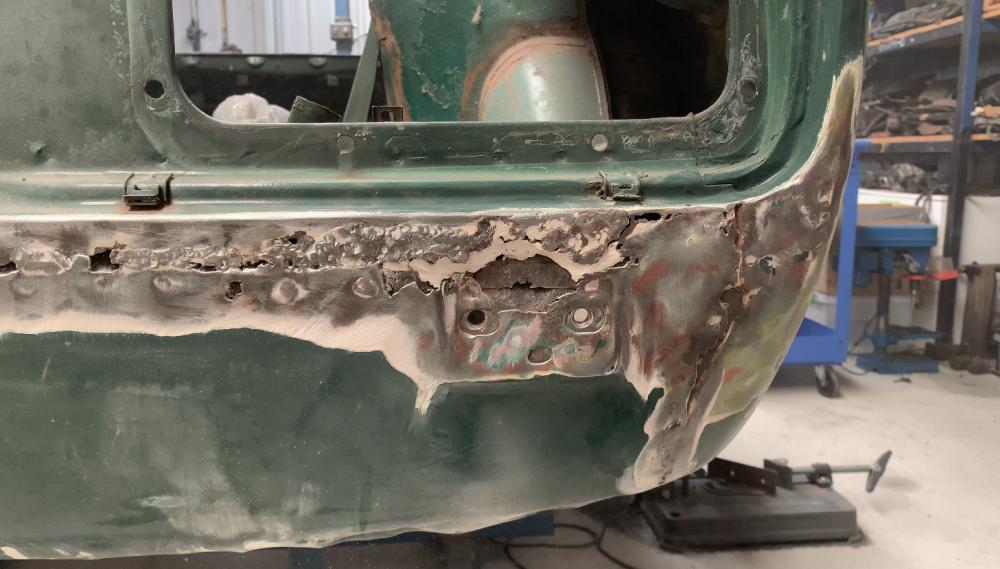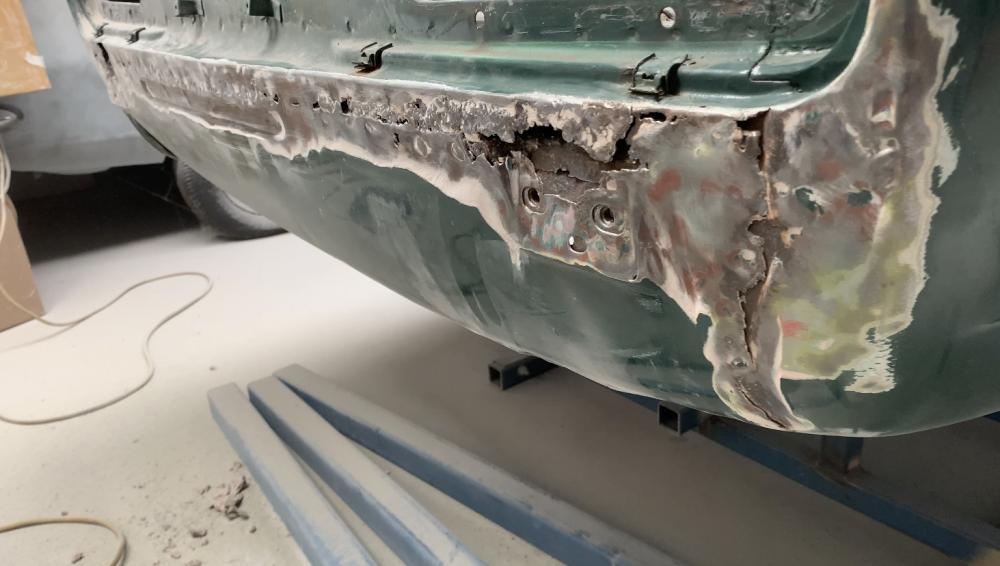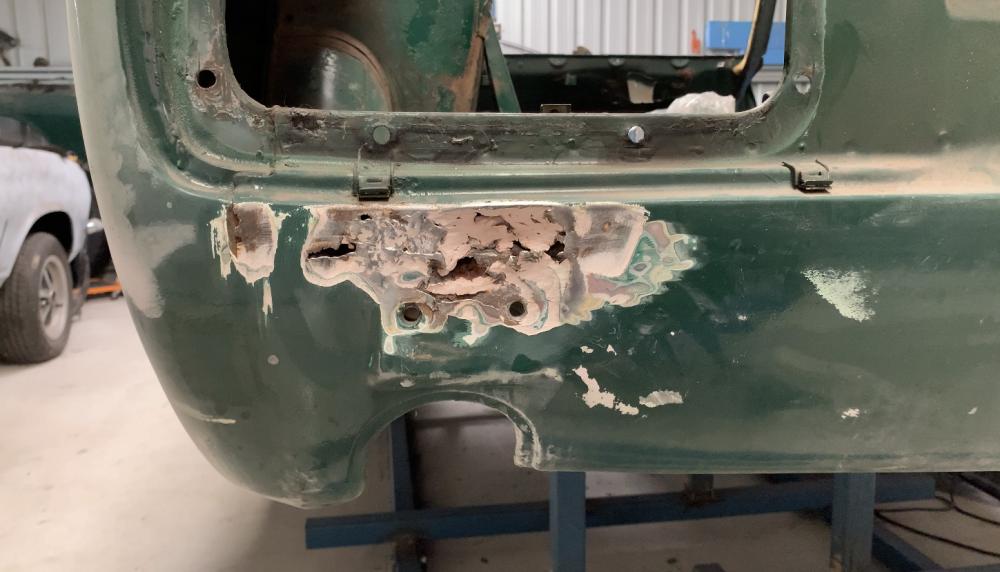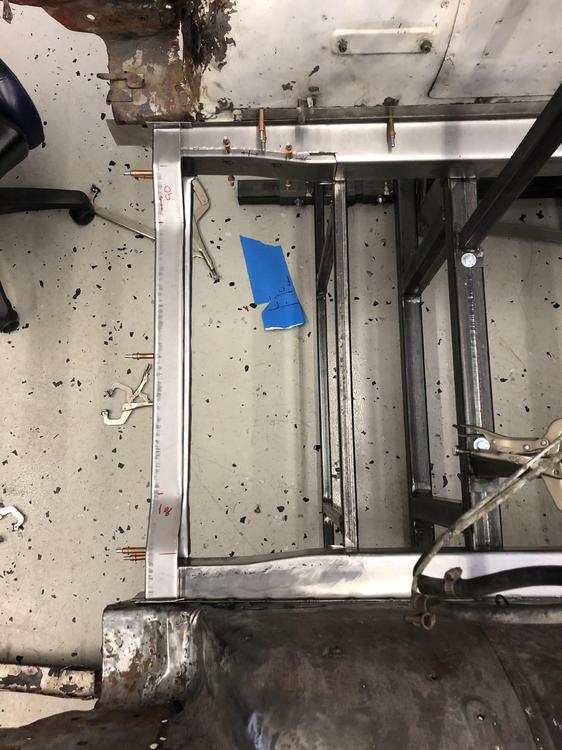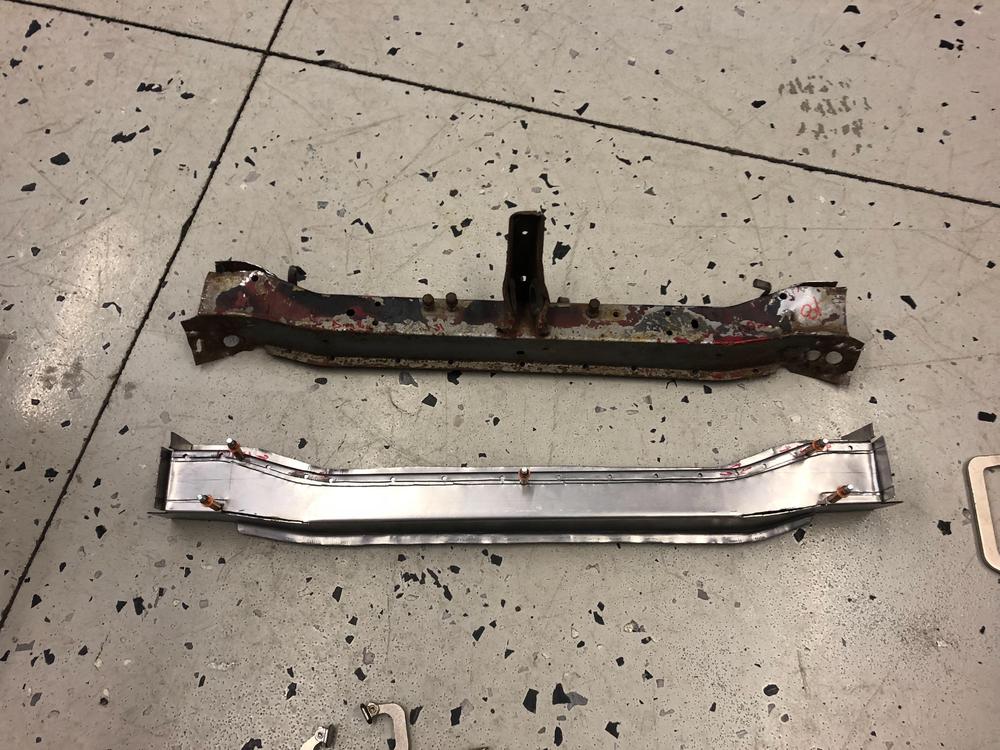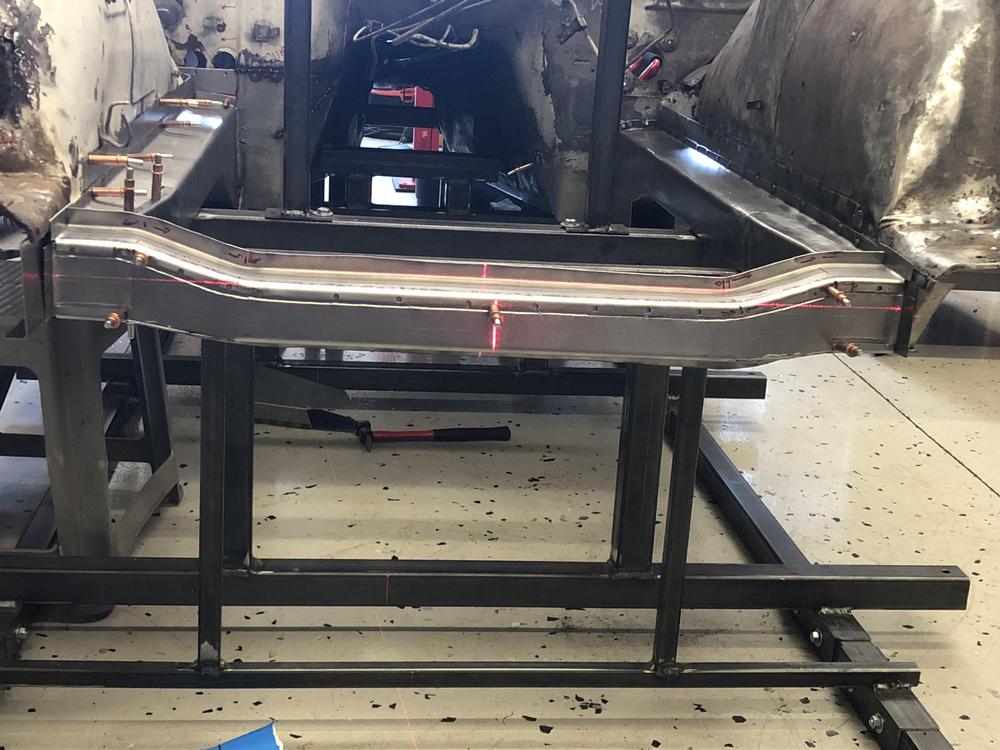Since there is still a lot of stuff about these not known exactly and many confusing topics, thousand of pages and myths, I will try here to make it easier. If anyone has additional information or something is not right, please post, then I will modify the 1 post.
This is for stock factory transmissions only, NOT competition ones.
There are A, B and C types transmissions ( C was never used in Z cars so I will not add these here )
Update 9/7-21 : Also the 4.11 ratio R180 was not used on Z cars ( correct me if I am wrong )
Also not sure if 3.90 was used in the USA on the 260/280Z and ZX
So far I have:
Nissan S30 Fairlady Z Japan till 1978:
F4W71A manual
F4W71B manual
FS5C71A manual
FS5C71B manual
3 speed automatic 3N71A
3 speed automatic 3N71B
R180 Differential, possible gear ratios available: 3.36 / 3.54 / 3.90
240Z:
Datsun 240Z USA and Canada
F4W71A manual
F4W71B manual
3 speed automatic 3N71A
3 speed automatic 3N71B
R180 Differential, possible gear ratios available: 3.36 / 3.54
Datsun 240Z Europe, UK, rest of the world
FS5C71A manual
FS5C71B manual
3 speed automatic 3N71A
3 speed automatic 3N71B
R180 Differential, possible gear ratios available: 3.54 / 3.90
260Z:
Datsun 260Z USA and Canada
F4W71B manual
FS5W71B manual
3 speed automatic 3N71B
R180 Differential, possible gear ratios available: 3.36 / 3.54 / 3.90
Datsun 260Z Europe, UK, rest of the world
FS5C71B manual
3 speed automatic 3N71B
R180/R200 Differential, possible gear ratios available: 3.54 / 3.90
280Z:
Datsun 280Z USA and Canada
F4W71B manual
FS5W71B manual
3 speed automatic 3N71B
R180/R200 Differential, possible gear ratios available: 3.36 / 3.54 / 3.70 / 3.90
----- ------ ----- ------ ----- -----
280ZX:
Datsun 280ZX USA and Canada
F4W71B manual
FS5W71B manual
5 speed Borg Warner T5
3 speed automatic Jatco 3N71B
R180/R200 Differential, possible gear ratios available: 3.36 / 3.54 / 3.90
Datsun 280ZX Europe,UK, rest of the world
FS5W71B manual
5 speed Borg Warner T5
3 speed automatic Jatco 3N71B
R180/R200 Differential, possible gear ratios available: 3.54 / 3.70 / 3.90
Nissan S130 Fairlady Z Japan:
FS5W71B manual
5 speed Borg Warner T5
3 speed automatic Jatco 3N71B
R180/R200 Differential, possible gear ratios available: 3.54 / 3.70 / 3.90
 Subscriber
Subscriber 5Points11,142Posts
5Points11,142Posts